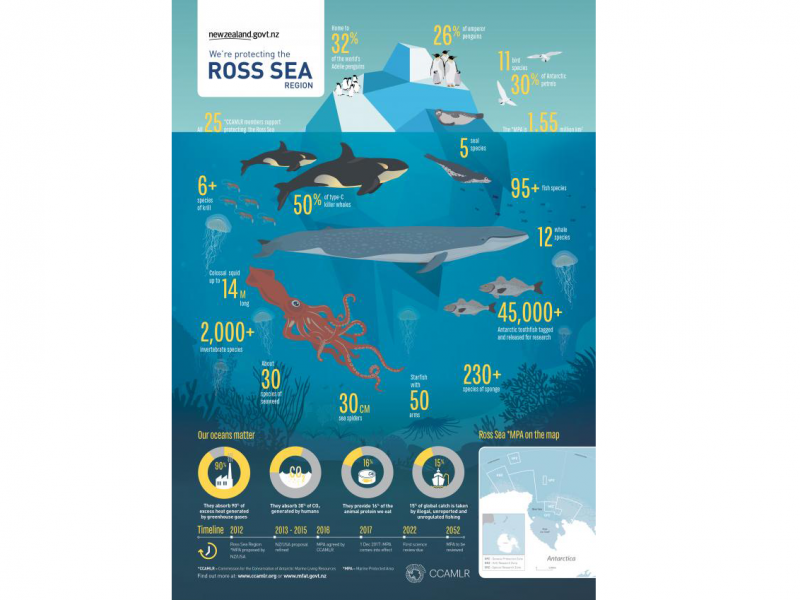The NIWA vessel Tangaroa docked on Wednesday with valuable information on the Antarctic's ocean, atmosphere and ecosystems.
The ship was manned by 23 scientists, many of whom were from different fields and were there to study different things.
The main objective of the trip was to gather research in a 'marine protected area' - an area with restricted human activity for the preservation of animals.
Voyage leader David Bowden said such areas need to be maintained as it's a huge political feat to get them established.
"We were instrumental in establishing the MPA in the first place and we've been very proactive in formulating research and monitoring."
He said we need to maintain a robust monitoring schedule as the MPA is reviewed every five years and it has to be shown that work is being done.

